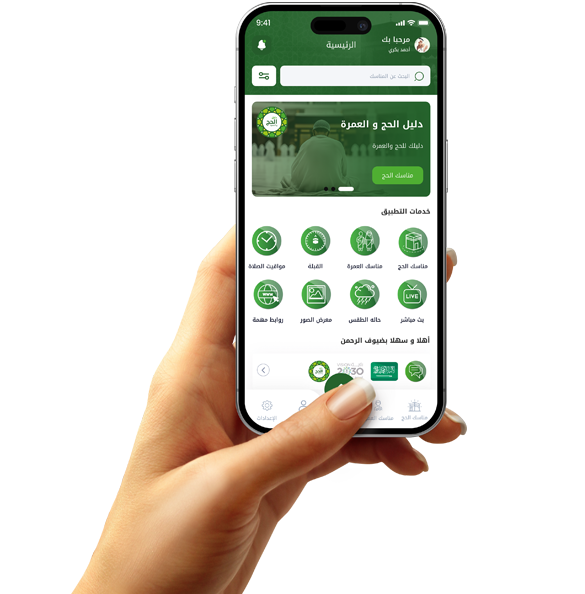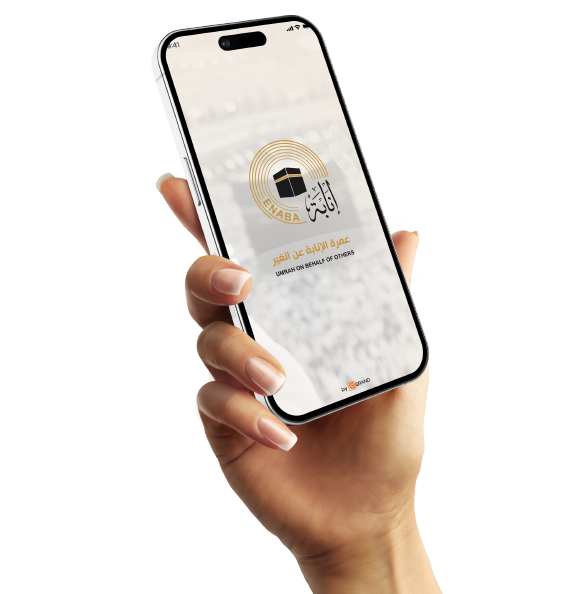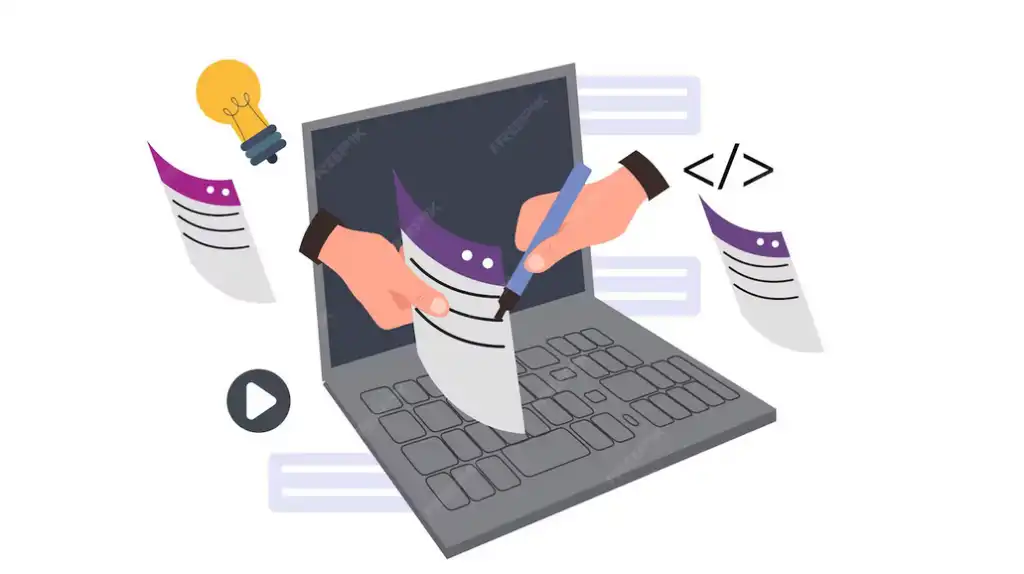How User Feedback Drives Your App's Success
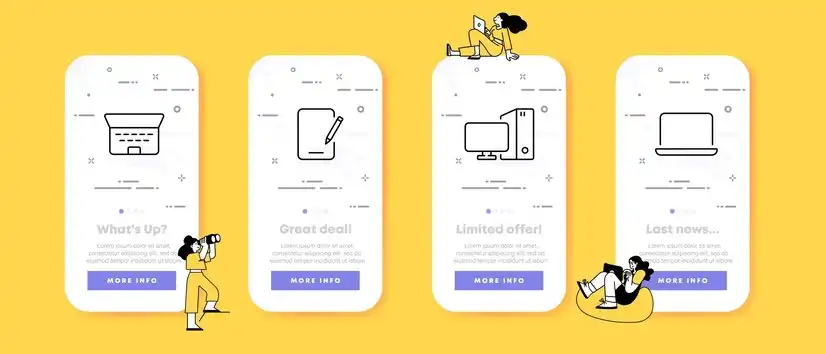
Make the user a partner in building your app
One of the most powerful app development strategies today is engaging users throughout the development journey, not just during the usage phase. When users feel they are part of the process and that their feedback matters, they transform from passive users to active contributors to the app's success.
Feedback provided by users isn't just suggestions; it represents real-life experiences. They see perspectives that you, as a project owner or developer, might not notice. Therefore, analyzing this feedback objectively provides the best foundation for improving functionality and the interface.
Start by opening easy and direct communication channels within the app, and ask users to share their ideas, problems, or even their vision for improving features. Many great ideas come from users who have experienced the app daily and faced its challenges.
Create regular reports within your team that highlight the most important feedback and prioritize it. Then, turn this feedback into real updates and share the changes with your audience. This transparency makes users see that their feedback isn't wasted, but rather translated into reality.
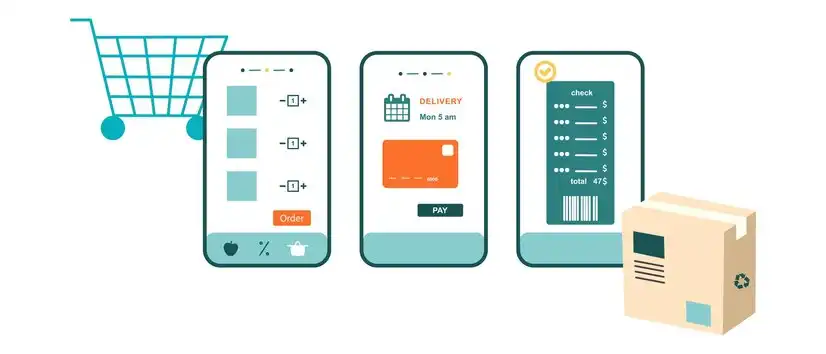
Negative feedback is your golden opportunity for improvement
Many app owners are annoyed by negative feedback, viewing it as a threat to the app's reputation or a sign of failure. But in reality, it's a golden opportunity to fix issues and provide a better user experience.
When a user writes an angry comment or gives a low rating, they're not attacking you personally; they're expressing their frustration with a specific point. Your job here isn't to defend or ignore, but to listen and analyze. Ask yourself: What happened? Why did they feel that way? How can we fix the problem?
Successful apps aren't built on perfection, but on intelligently responding to bugs. Every flaw in the user experience is a signal for a fundamental change in design or performance. This change is what makes the app grow with confidence and stability.
Most importantly, respond quickly to negative feedback. The faster and more respectful your response is, the greater your chances of turning an angry user into a loyal supporter. Don't just fix the issue; reach out to the user and thank them for bringing it to your attention.
Even if you can't resolve the issue immediately, simply reaching out and showing your concern can soften the blow of a bad experience. This kind of human connection boosts your app's rating and enhances your brand's reputation.
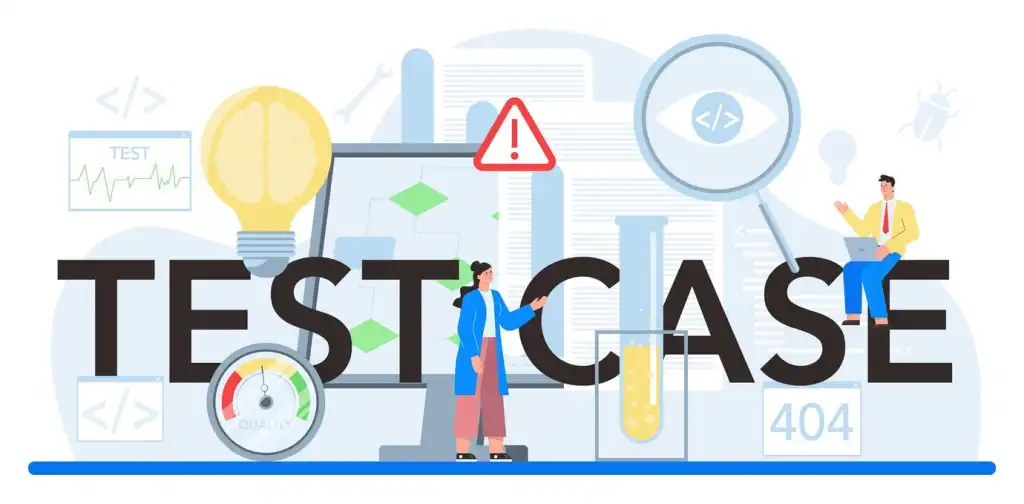
How do you turn feedback into a successful development plan?
Having a large amount of user feedback doesn't mean success if it's not managed in an organized manner. Random improvements can lead to a cluttered or inconsistent app. Therefore, you must treat feedback as raw material from which to formulate a smart development plan based on realistic priorities.
Start by collecting feedback in a clear database, whether through a Trello board or dedicated tools like Productboard or Notion. Collect each comment or suggestion and define its type: Is it related to the user experience? To the app's performance? Or a missing feature?
After collecting, it's time to categorize. This is where prioritization comes in: Frequent feedback, those that significantly impact the user experience, or those that prevent conversions, should all be placed at the forefront of the action plan.
Then determine the level of effort required to implement each improvement. Some simple improvements can be implemented in a matter of days, while others require extensive planning and infrastructure changes. Don't start with the most difficult ones; instead, focus on those that will make a noticeable difference at the lowest cost.
After implementing improvements, be sure to inform your users. This creates a relationship of trust and makes them feel like their voice is truly important. You can write release notes that say: “Based on your feedback, we have improved this.”
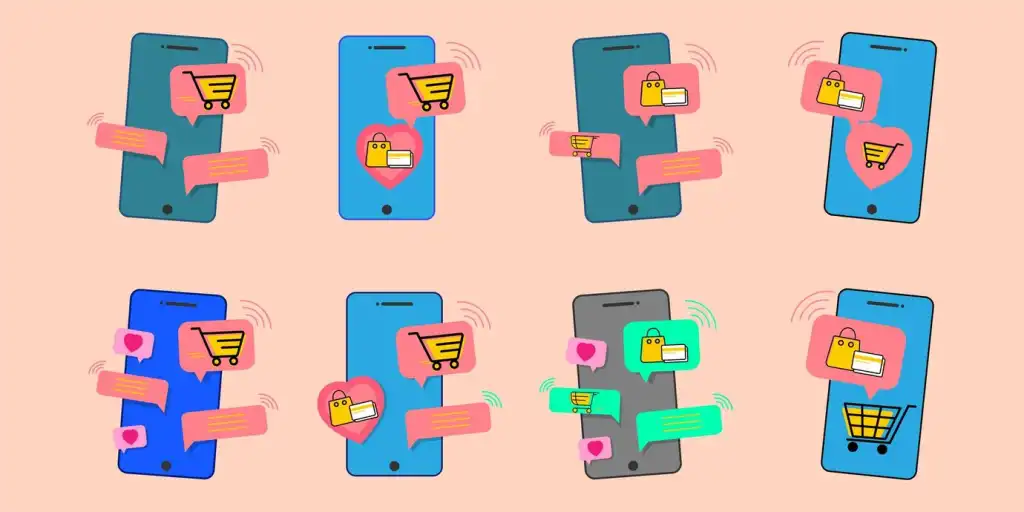
Feedback helps you identify your true priorities
As you develop your app, you'll encounter many tempting ideas for new features or advanced technical improvements. But the most important question is: What do users really need right now? This is where user feedback comes in to reveal your true priorities and prevent you from wasting time developing things that don't matter.
When a particular complaint is repeated by multiple users, it doesn't require extensive analysis, but rather an immediate response. This feedback helps you sort out what's essential and what can be delayed. Without it, you could invest months in a feature no one asked for, ignoring a problem that affects hundreds of users.
Understanding priorities begins by collecting feedback and categorizing it by frequency and impact. Frequency indicates prevalence, while impact indicates the depth of the problem. For example, if 10 users complain about difficulty logging in, that's a higher priority than a new design feature.
Don't rely solely on your intuition or the opinion of the technical team. Real user feedback is what sets the tone. You may think improving graphics is a priority, but users simply want to find the search button easily.







